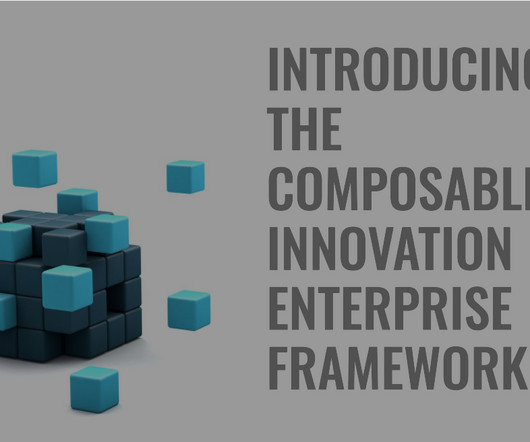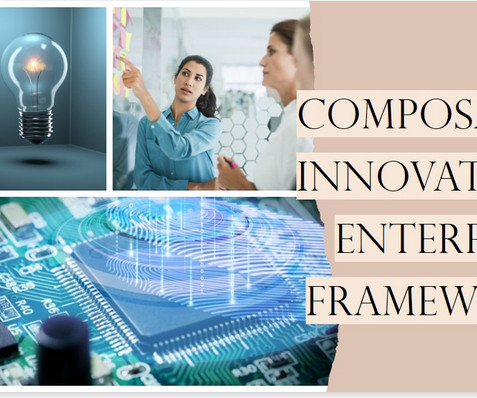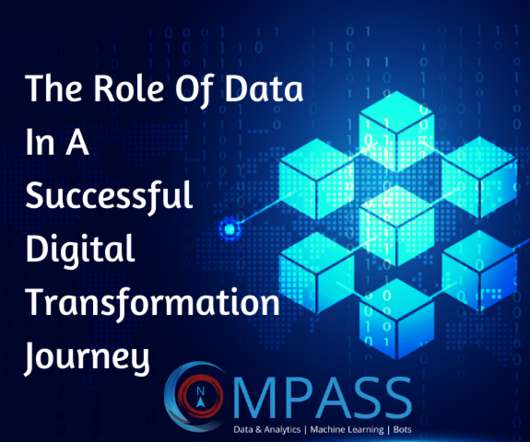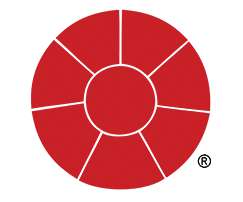The Final Perspective: A Composable Innovation Enterprise Framework
Paul Hobcraft
JUNE 12, 2023
I am suggesting a vertical and horizontal design applying innovation stack and building block approaches, all “housed” on a technology platform. We have the capacity through technology and human interactions for them to come together, exchange, and increase and accelerate innovative concept value. Nothing can work in isolation.





































Let's personalize your content